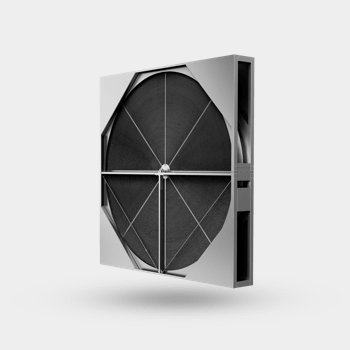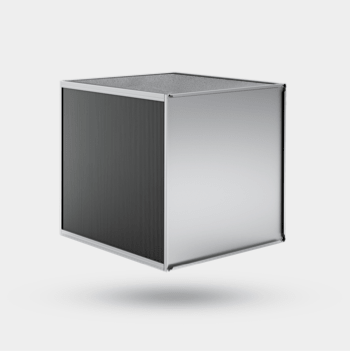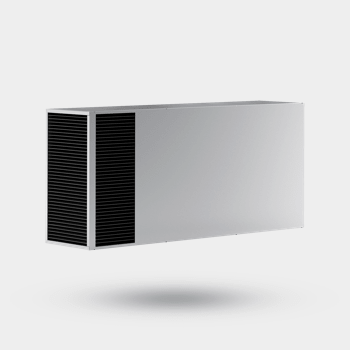In today’s rapidly changing climate, finding energy-efficient solutions for heating and cooling is more important than ever.
To minimize energy consumption in thermal air treatment, an energy recovery system (ERS), also known as a heat recovery system (HRS), should be used.
An air-to-air heat exchanger, also known as an air exchanger or heat recovery ventilator (HRV), is a device that allows for heat transfer between two separate air streams.
By pre-conditioning the incoming air, air-to-air heat exchangers reduce the heating and cooling loads on HVAC systems.
Both plate and rotary air-to-air heat exchangers can recover up to 90% of the heat that would otherwise be lost through ventilation, offering a cost-effective and energy-efficient solution for heating, cooling, and ventilation.
Plate heat exchangers also enable reliable and energy-efficient cooling of enclosures with a heat-emitting process, such as sensitive electronics, electrical motors, and generators. Thanks to fully separated channels, the airflows never mix, creating a closed-loop system.
Air-to-air heat exchangers are highly versatile and easy to maintain. The strong aluminum and steel construction makes this type of heat exchanger very tough and suitable for a wide range of applications.
Air-to-air heat exchangers offer a wide range of benefits, making them a popular choice. Some of these benefits are:
These devices reduce the energy needed to heat or cool the incoming air by recovering and reusing the heat from the outgoing air, leading to substantial energy savings and lower utility bills.
- Improved indoor air quality
These devices help remove pollutants, allergens, and odors from the living spaces by exchanging stale indoor air with fresh outdoor air.
By reducing the energy required for heating and cooling, air-to-air heat exchangers significantly save costs in the long run. While the initial investment may be higher than traditional ventilation systems, the energy savings over time offset this cost.
- Environmental sustainability
By minimizing energy consumption and promoting energy-efficient practices, these devices help to conserve natural resources and mitigate environmental impact.




